Customer empowerment helps customers take control of their own experience. When buyers can get the information they need without jumping through hoops, they build a stronger relationship with your business.
In this article, you’ll learn how to put customer empowerment into practice so people feel informed at every stage. You’ll get six actionable steps you can apply in any small to mid-sized business, along with examples, tools and metrics to track your results.
Key takeaways from customer empowerment
Customer empowerment gives buyers the info, tools and choices to make confident decisions.
Clear communication and accessible resources ensure customers feel informed and confident throughout their journey.
Empowerment builds trust, loyalty and retention, leading to higher customer lifetime value, repeat purchases and brand advocacy.
Pipedrive helps businesses track client engagement, act on feedback and measure empowerment success. Try it free for 14 days.
What is customer empowerment?
Customer empowerment means giving customers the information they need they need to take action and make informed decisions, including:
Transparent pricing so sales prospects don’t need to speak to reps to find out what they’ll pay
Detailed product comparisons so new customers have the details they need to choose the right solution
Multiple support options so customers can choose email, chat or phone depending on their preference
Self-service account portals where customers can update their information, track orders or manage subscriptions when they want
Reducing human touchpoints may seem counterintuitive, but when empowered customers can get what they need on their terms, they’re more likely to trust your business and recommend it to others – boosting your conversion potential.
The benefits of customer empowerment
When customers feel informed and in control, they respond in measurable ways. The table below shows the main benefits and how empowerment drives each one.
Benefit | Why empowerment helps |
Higher customer satisfaction | Customers get accurate information before they buy and quick solutions when problems arise. Preventing frustration and removing uncertainty raises satisfaction scores. |
Better customer retention | Buyers who can solve issues quickly and get clear answers are more likely to trust the company and purchase again. Customer empowerment strategies reduce the risk of them looking elsewhere. |
More loyal customers | People recommend businesses that listen to them and act on their feedback. Public examples of customer input leading to real changes increase word-of-mouth referrals. |
A competitive advantage | Clear, transparent communication and responsive support make it harder for competitors to lure customers away, even with lower prices. Empowerment becomes a differentiator. |
A business can only see these benefits if empowerment is part of everyday operations, not just a one-off project. The following section explains six practical ways to make that happen.
How to achieve customer empowerment in 6 steps
Customer empowerment doesn’t happen overnight. The good news is that you can make meaningful progress with these six strategic changes that build on each other over time.
1. Provide clear, transparent information to build a customer-centric experience
Transparency shows customers they’re a priority, whether researching, buying or using your product. You respect their time by not making them wait or work harder than necessary for information.
Create comprehensive, customer-centered resources like:
Product guides or documentation. Help customers check if your product is compatible with their systems before they buy.
In-product onboarding tours. Make it easy for new customers to understand how to use your product with guided tours and tooltips.
Step-by-step tutorials. Include screenshots or short videos that walk through common tasks like exporting data or setting up integrations.
FAQs. Answer real customer questions like “How do I cancel?” or “Do you charge for setup?” AdEspresso does a great job of thinking beyond its service and answering more general questions its customers might have.
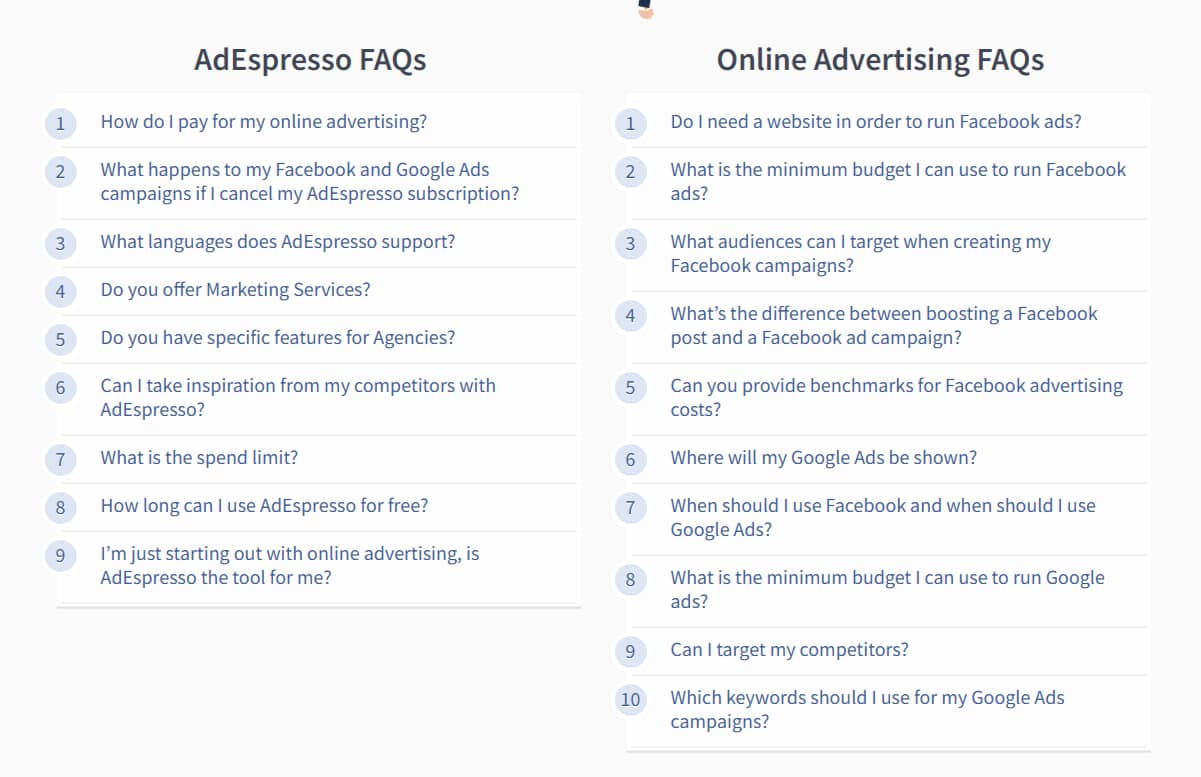
Any resources you make should be easy to scan and use plain language. Avoid technical terms unless you know they’re terms your audience uses.
Outdated or vague information erodes trust. Keep all resources up to date by setting a review schedule (for example, every quarter). Assign a person or team to check each page and remove or update anything inaccurate.
Customer success or support teams are usually a good pick as they regularly interact with customers and understand their pain points.
2. Offer self-service solutions to speed up problem-solving
Self-service options let customers solve problems immediately instead of waiting for customer support to respond. Reducing friction goes a long way in improving the customer experience, so it’s no wonder 81% of consumers want more self-service options.
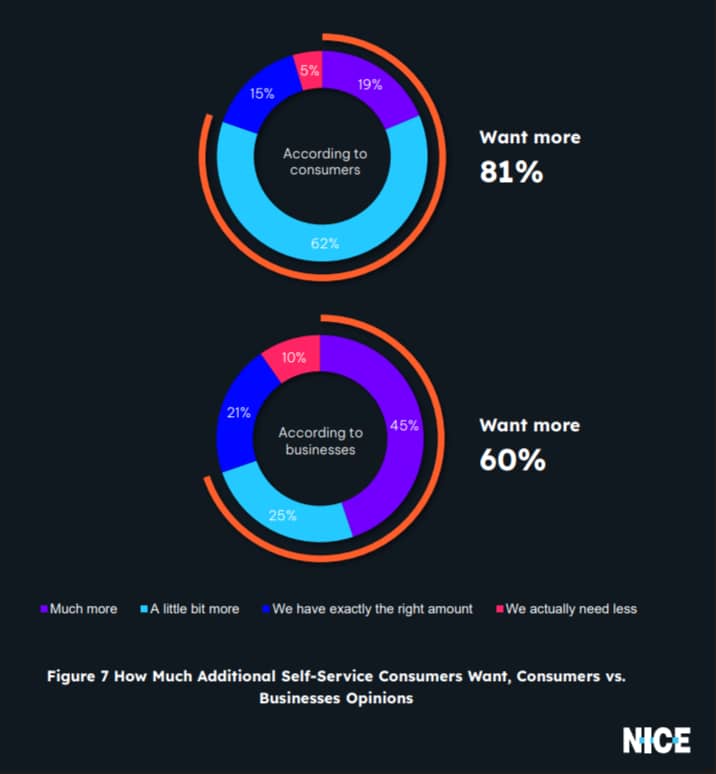
Effective self-service options might include:
Chatbots. Set up answers to basic questions, so customers can get information without leaving the home page.
Account management features. Make it possible for customers to change plans or cancel subscriptions themselves.
A searchable knowledge base or community forum. Let customers find their own answers by typing in keywords. For instance, Canva features a search box and preset questions.
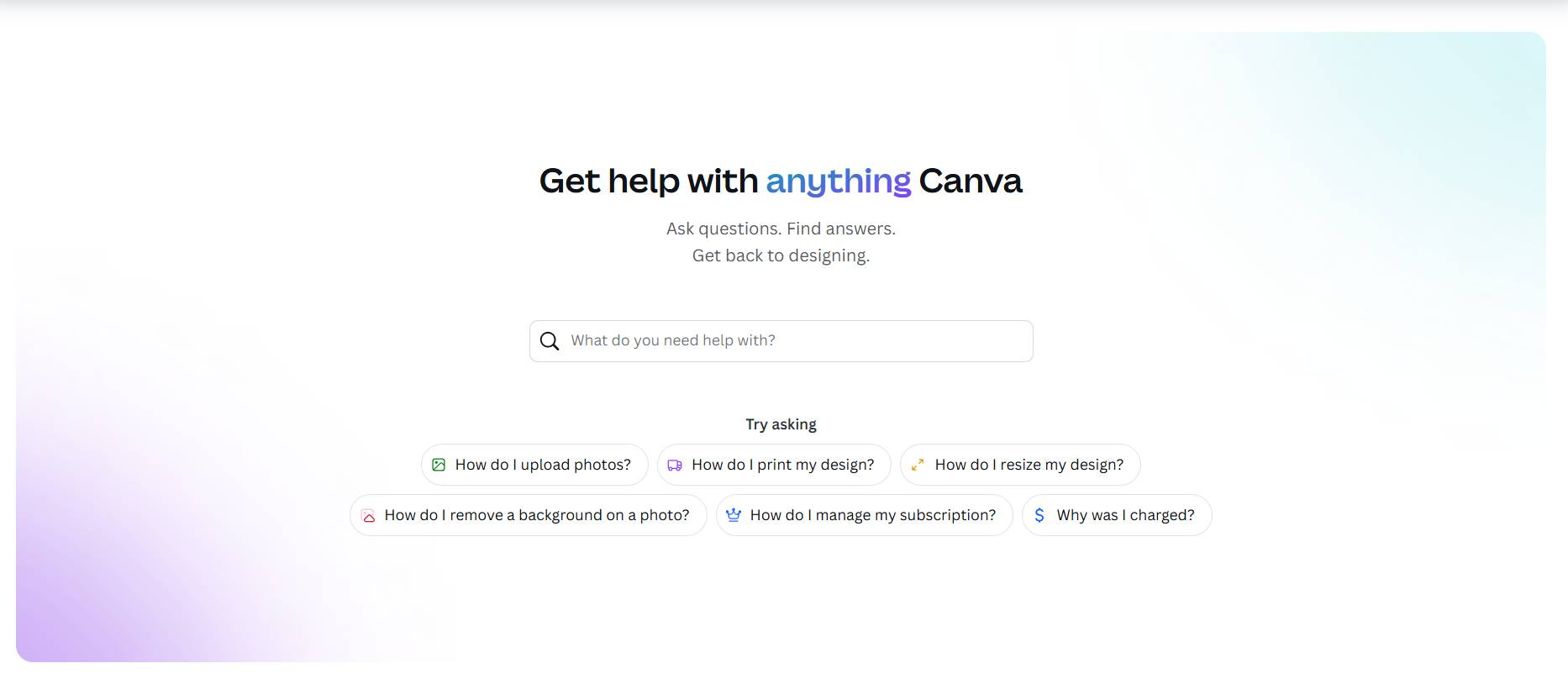
Check the tickets your customer service team receives monthly to keep your content current. Look for questions that come up repeatedly and turn them into help articles.
3. Actively collect and act on customer feedback to show you’re listening
Customer feedback is essential for improving your services, but it’s even more powerful when you show customers how their input led to real changes.
Responding to the voice of the customer feedback closes the loop and proves you’re listening, which builds stronger brand loyalty over time.
Gather feedback through multiple channels:
Post-purchase customer surveys. Ask specific questions like “Did you find all the information you needed before buying?” or “How easy was it to complete your purchase?”
During support calls. Have your support team log issues during calls or account check-ins directly in the customer’s profile for reference.
Feedback widgets. Insert widgets on your website or within your product to allow customers to instantly report issues or suggest improvements.
Net Promoter Score (NPS) surveys. Ask customers how likely they are to recommend you with quarterly surveys to track customer loyalty trends over time. Pipedrive’s CRM has a free integration with WeHelp, so that you can connect your sales and customer data with NPS surveys.

If a specific customer’s feedback leads to a change, contact them to say thank you and explain what you updated because of their input. A personalized email shows you listen and value their opinion.
For changes based on general feedback, announce improvements in your email newsletters or social media channels. Explain how the updates address common issues or requests.
You can also mention these changes during support calls or your customer onboarding process. When customers hear that their voice shapes your service, it builds trust and strengthens their connection with your business.
Note: Remember to celebrate positive feedback, too. When customers share kind words or success stories, ask if you can feature their comments as testimonials on your website or social media. Customer empowerment in marketing shows buyers you appreciate their opinions and inspires others to engage with your brand.
4. Create opportunities for flexibility and choice that match your customer needs
Flexibility shows customers you understand that one size doesn’t fit all. When you offer multiple options for how customers engage with your business, you remove barriers that might force them to look elsewhere.
Give customers control over their experience through:
Customizable service levels. Let customers choose basic self-service support or pay extra for dedicated account management.
Multiple delivery options. E-commerce businesses can offer standard shipping, express delivery or local pickup for physical products.
Adjustable communication preferences. Let customers choose how often they hear from you and through which channels.
Flexible payment terms. Offer monthly and annual billing, or the ability to pause subscriptions instead of canceling, like sports media company Dazn.
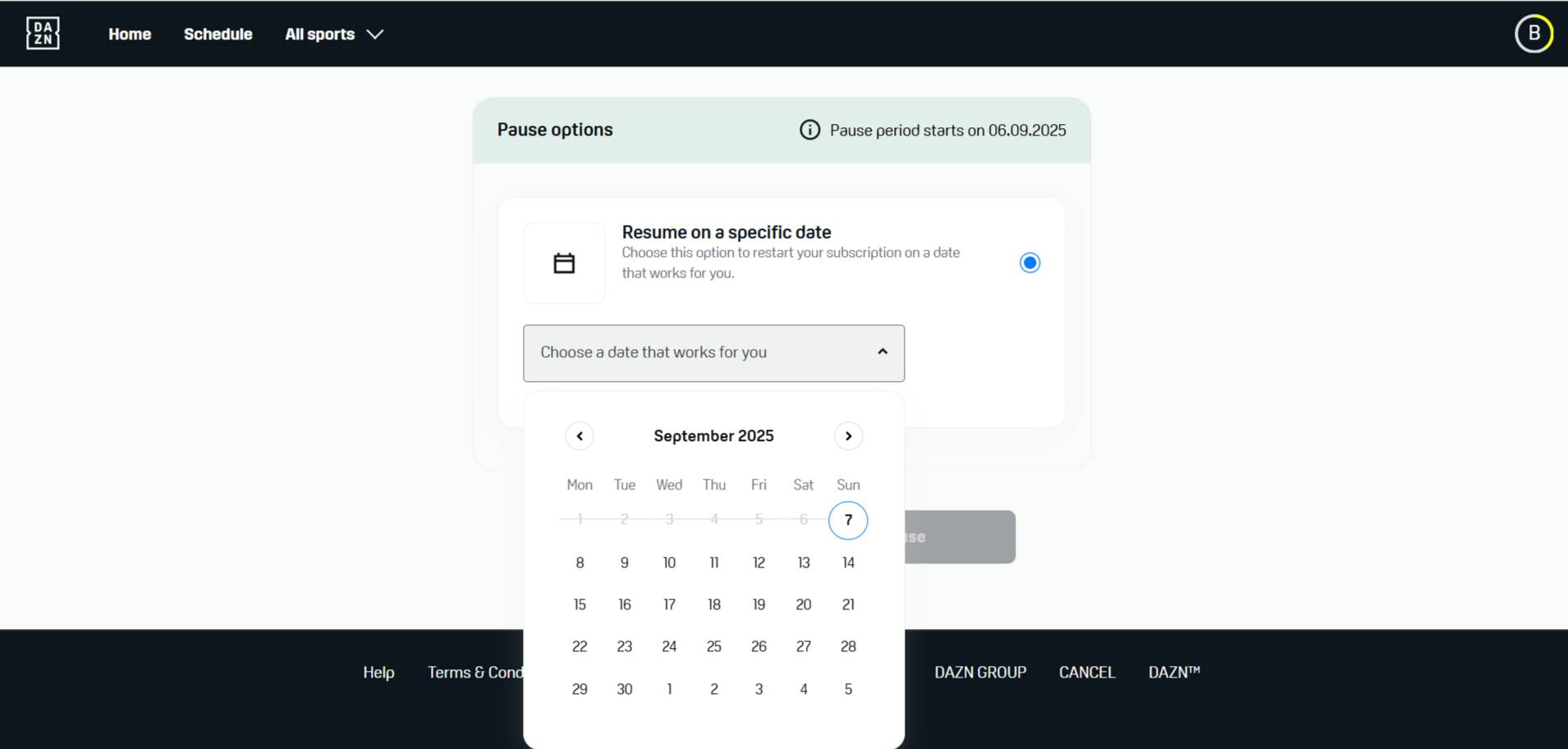
The goal is to remove “take it or leave it” situations that frustrate customers. When someone can tweak your service to fit their customer needs, they’re less likely to look elsewhere.
That kind of flexibility means having systems that can handle different preferences without creating a mess. Focus first on the options your customers care about most (usually things like pricing strategy and how you communicate), then build from there.
Note: Being flexible also means knowing when to make exceptions. Give your team the freedom to bend the rules when it makes sense for the customer relationship.
5. Reward customer advocacy and loyalty to show you value their support
Rewarding advocacy and loyalty is a key part of customer empowerment. It shows customers that their active role and support truly matter to your business.
Saying “thank you” is a great start, but adding small rewards makes customers feel even more valued. Start simple:
Public recognition. Share case studies or customer success stories on your website, LinkedIn or other social media. Include quotes and photos to show real results and build community trust.
Early access. Invite loyal customers to try new products and features or give access to sales promotions before anyone else. Make them part of the product development process.
Exclusive events or webinars. Host small online sessions where advocates can learn more about your product and give feedback directly to turn customers into co-creators.
Referral programs. Give the referrer and the new customer a discount or credit – similar to what hospitality giant Airbnb offers.
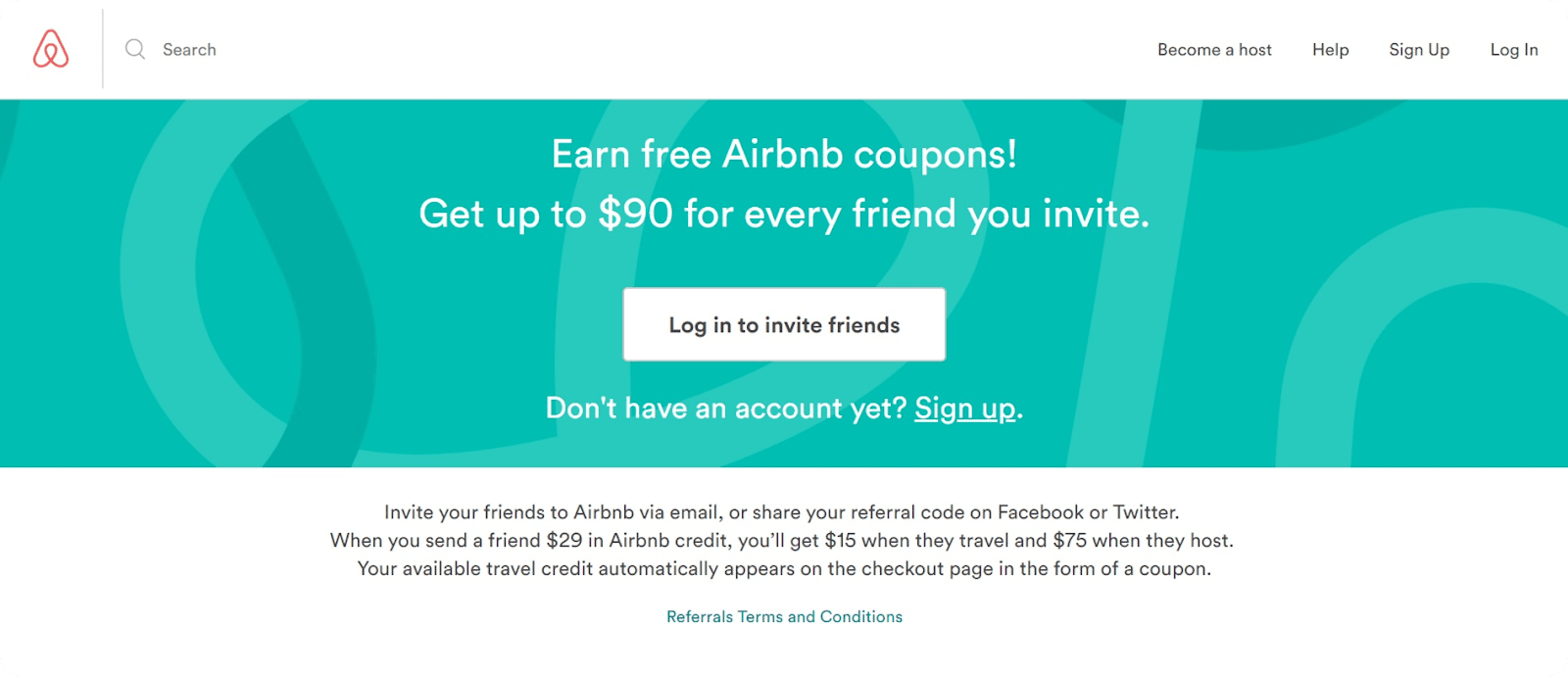
77% of customers feel that brands could do more to earn loyalty. Small, personal touches are an effective way to do that.
Reply to positive customer reviews and mention customers by name when you share their feedback. You could even send a handwritten thank you for big referrals.
You don’t need a fancy rewards program right away. Start by keeping track of who refers or helps you. Then, thank them personally. As you see who your most loyal fans are, you can add a more structured rewards system with exclusive perks.
Note: The most important part of acknowledging loyalty is consistency. Customers notice when you remember their support again and again. Regular thanks can bring in more referrals than big discounts.
6. Connect customer empowerment initiatives to sales and retention metrics
Tracking the results from customer empowerment helps you see the connection between your efforts through tangible metrics. It shows you which approaches work best, so you can use data-backed insights to improve the customer journey.
Track sales metrics like:
Customer retention rate. The percentage of customers who renew or continue purchasing.
Customer lifetime value. The total revenue per customer over their entire relationship with your business.
Repeat purchase frequency. How often do existing customers buy again from you.
By monitoring these numbers regularly, you can respond to changes in consumer behavior and prove the value of your initiatives.
Download Your Guide to Sales Performance Measurement
Pipedrive is a customer relationship management (CRM) tool that helps you organize customer information and act on business insights. Use it to track the results of your empowerment efforts and better understand your empowered customers.
Start by creating labels for your customers based on their engagement with your empowerment programs.
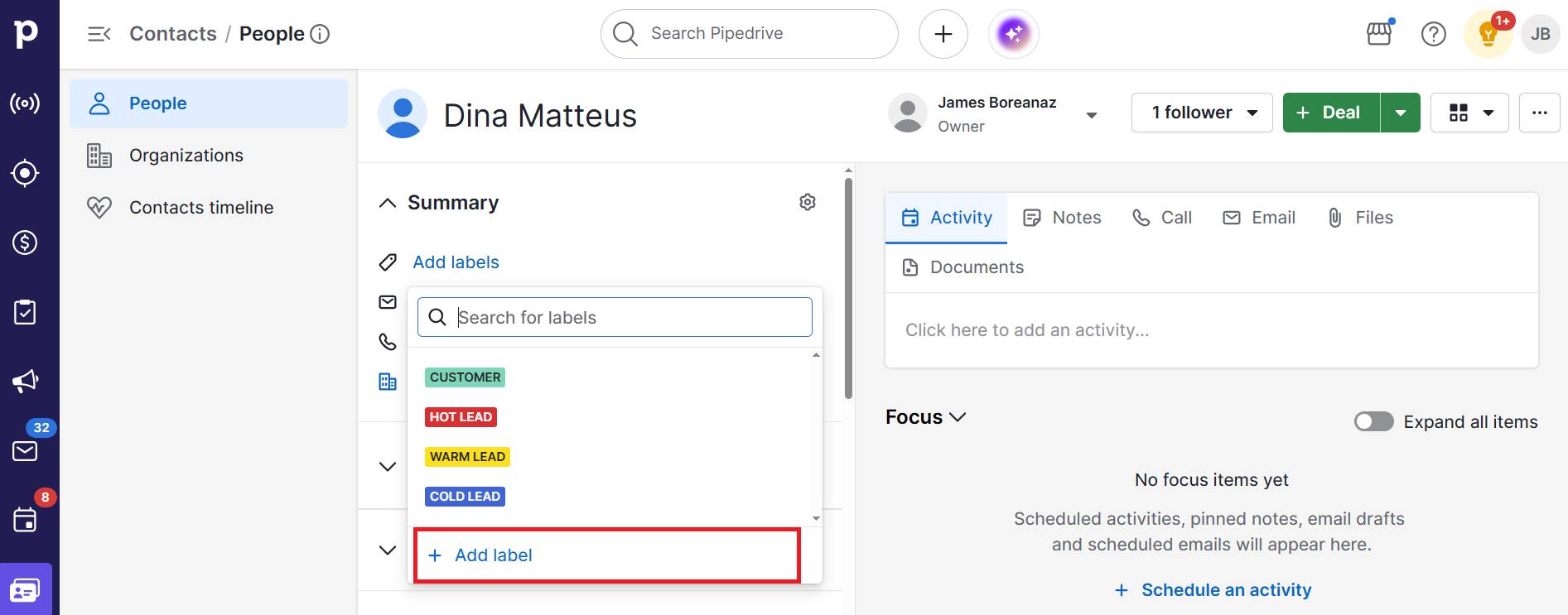
For example, mark people who joined your loyalty program as “Loyalty Member”.
Set up custom pipeline stages like “Brand Advocate”. When a customer refers someone, gives positive feedback or reaches a set number of purchases, move their deal or contact into that stage in Pipedrive.

Use Pipedrive’s Insights to build simple reports and CRM dashboards. For example, track sales and deals by customer labels to determine which groups buy more often or bring higher revenue.
The deal progress report shows how many customers move into stages like “Brand Advocate” over time. Create one to easily spot which empowerment efforts have the greatest impact and where to focus next.
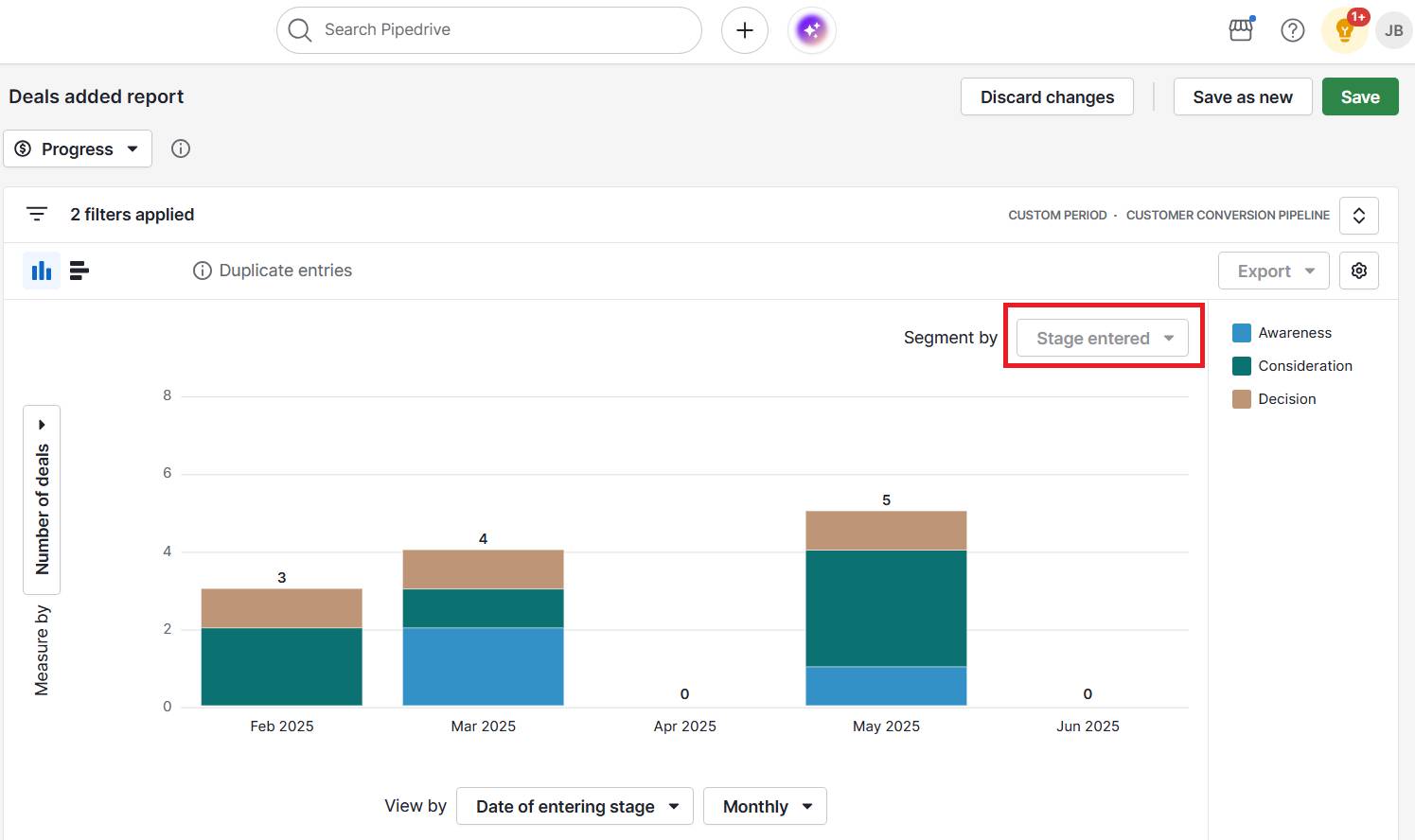
Finally, automate follow-ups. If a customer gives you feedback, note it in their contact profile.
Then, set a reminder (called an activity) to follow up with them later. It’s a simple but effective way to keep the feedback loop active.
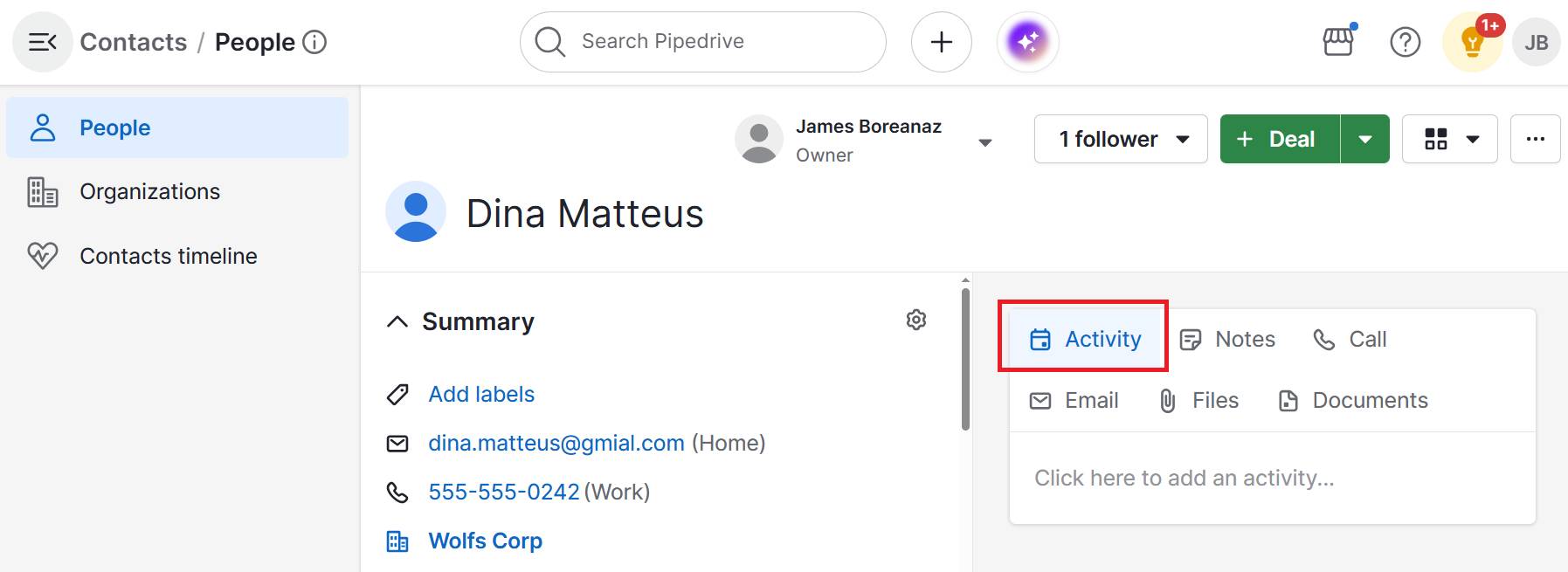
Using Pipedrive to organize and track these actions, you stay engaged with satisfied customers and understand which customer empowerment efforts drive growth.
The CRM system also offers additional functionality and integrations that directly support customer empowerment.
For instance, tech firm Instyle Solar integrated Pipedrive with Ortto’s automation tool to deliver timely, personalized follow-ups. This automation setup results in faster conversion of high-quality leads.
Travel company SurfaWhile uses Pipedrive’s LeadBooster features to give customers instant answers and pre-trip information. It now enjoys 40% faster sales cycles and more positive online reviews.
Common customer empowerment pitfalls (and how to avoid them)
Building a strong customer empowerment program can take some trial and error. Here are some common challenges to watch for and simple ways to handle them.
Treating empowerment as self-service only
Self-service options are a great addition to any business, but real empowerment gives customers choices in how they get their information. Relying on self-service alone can make the experience feel one-size-fits-all and miss chances for personal connection.
It can also strip away the human touch that customers value, especially for complex or sensitive issues.
Example: A SaaS customer gets charged three times for a tool subscription. They find they can only interact with a chatbot that tells them to check the FAQs.
Empowerment should give customers more ways to interact, not limit them to one. To avoid this, mix self-service options with other choices and let customers choose how to interact with you.
Pipedrive’s help center offers customers the option of contacting support or using the knowledge base.

Users can get in touch via live chat or phone, making sure there’s a suitable option for everyone.
Collecting feedback without acting on it
When you ask for feedback, customers expect you to consider it. If people share ideas or report problems but never hear how you acted on them, it hurts trust and makes them less likely to give feedback again.
Close the loop every time by emailing buyers to tell them what you did with their input. Customers appreciate knowing that a business listens to their feedback, as this example from email marketing company Omnisend shows.
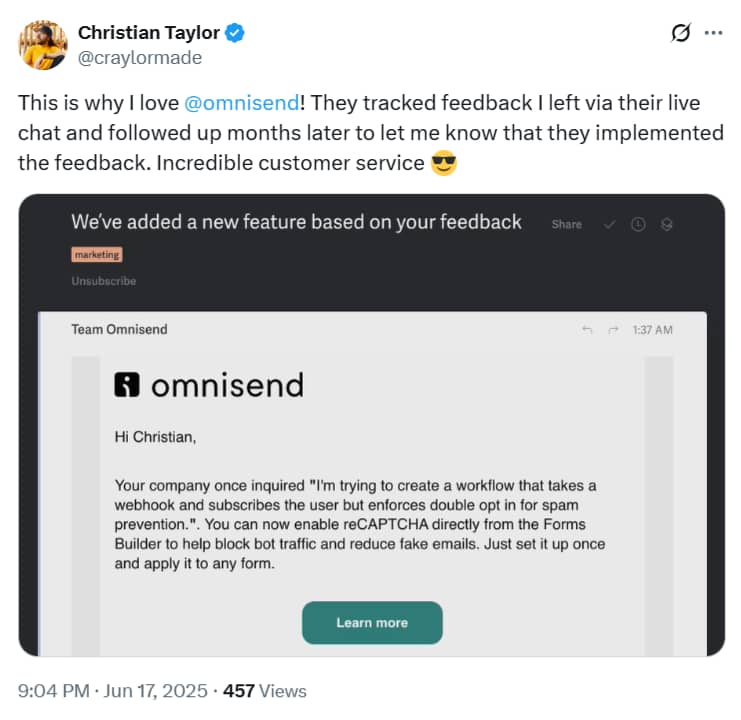
Even if you can’t use the customer’s exact idea, explain why and share what you’re doing instead.
Overwhelming customers with too many options
Choice is vital to customer empowerment, but too many options slow decision-making. Large numbers of product variations, complex pricing or long technical descriptions can confuse people and make them give up.
Start with what most customers need to make a purchase decision and add extra options over time. Test your setup with real customers to see if it helps or confuses them. Use a “show more if needed” approach: display the basics first, and let people dig into details only if they want to.
For example, Pipedrive’s pricing page gives an overview of each plan, with an option to see detailed comparisons.
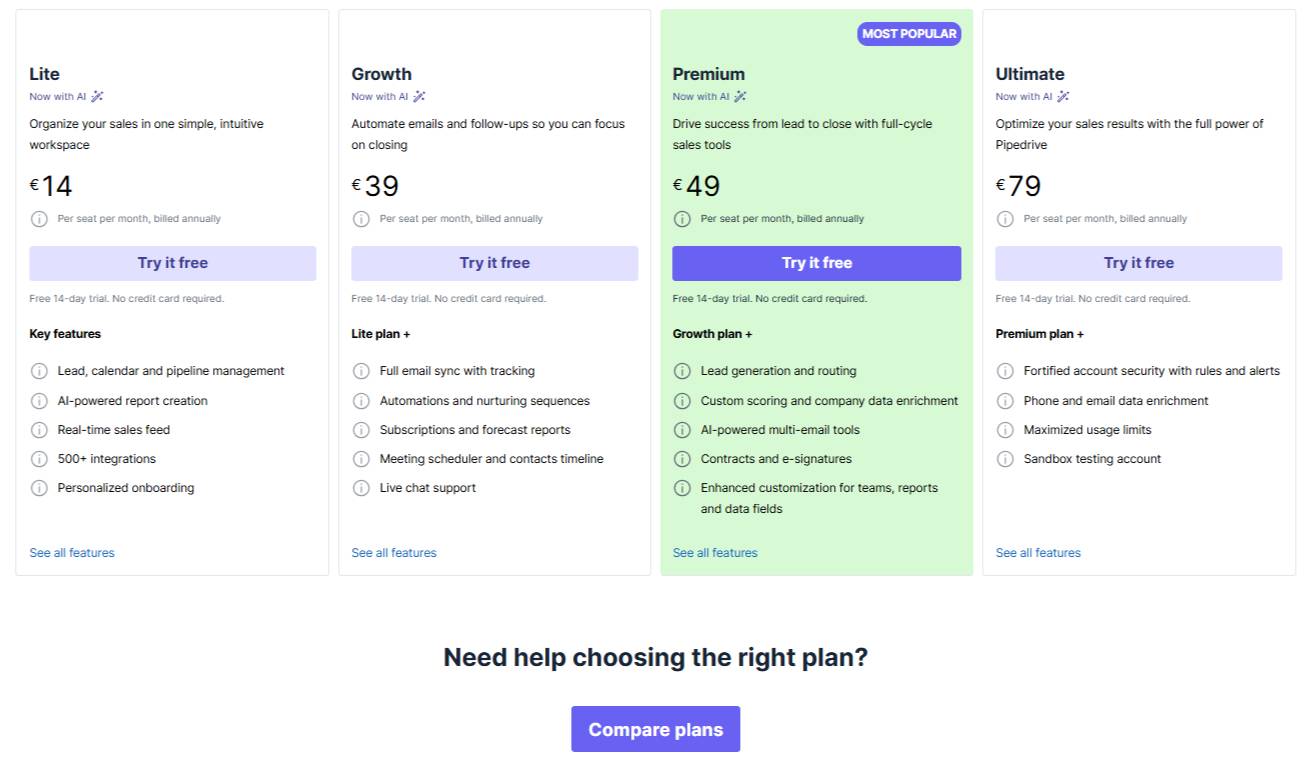
Creating inconsistent experiences across channels
Customers expect the same experience whether they visit your website, call support or visit in person. If the experience changes depending on the channel, it creates frustration and can weaken the customer experience.
Example: An automotive customer might see a special service package advertised on your car dealership’s website, only for a sales rep to tell them over the phone that it isn’t valid for their vehicle model.
Check each customer touchpoint to ensure the same help and information are available everywhere. Train your team to follow the same principles so customers get the same clear and helpful experience no matter how they reach you.
Underestimating customer expectations
As customers become more empowered, their expectations rise. If you don’t keep pace, they may feel disappointed and look elsewhere.
Example: If a competing retail operation offers real-time order tracking and you only send a shipping confirmation, customers may see your service as outdated.
Review competitor offerings regularly and gather customer feedback to spot where expectations are shifting. Stay ahead of market trends through industry newsletters or communities to meet customer expectations.
Lack of measurement and iteration
Without tracking the results of your empowerment initiatives, you can’t tell what’s working or improve what isn’t.
Example: Your insurance company launches a self-service knowledge base on your website. If the website team never checks whether customers find the answers they need there, you might never know that clients still call support to troubleshoot issues.
Set clear metrics for success, like bounce rate (the percentage of website visitors who leave after only viewing one page) or time on page. Review your metrics often and update your approach based on the data.
Final thoughts
Empowered customers are more engaged. Giving buyers options and valuable information throughout the customer journey builds trust and creates smooth experiences that lead to higher conversions.
A customer-centric approach creates loyalty naturally, and feedback becomes a tool for continuous improvement.
Try Pipedrive free for 14 days to monitor your buyer empowerment efforts and their impact on your business.





